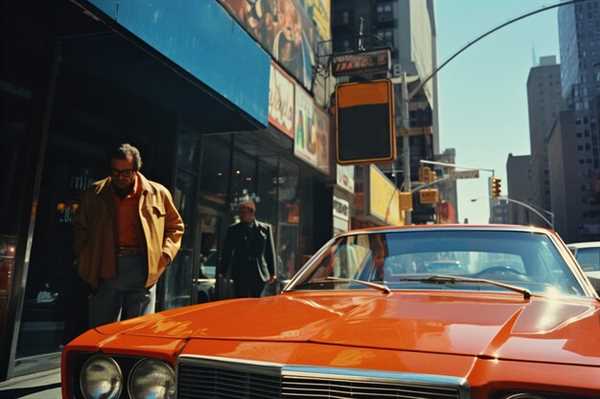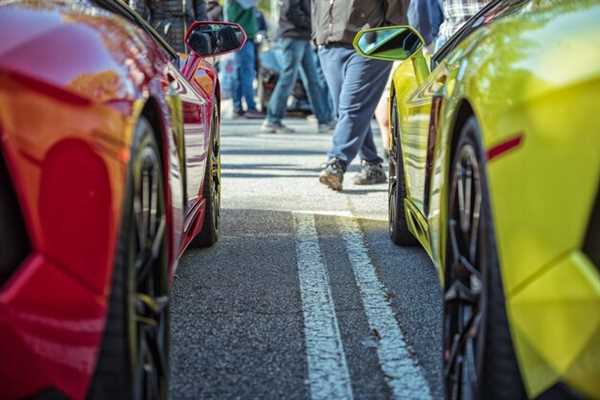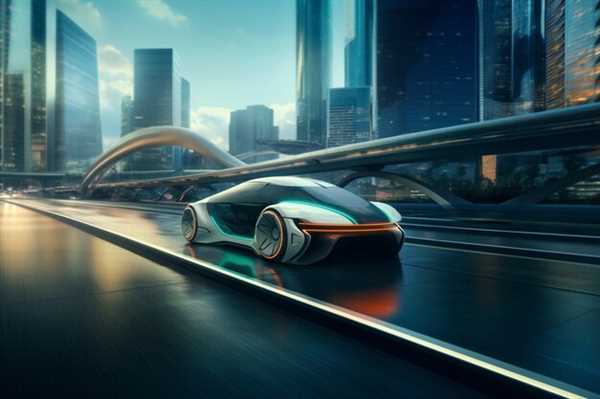
Examine the roots of automotive competition on public roads to fully grasp its contemporary dynamics. This sector burgeoned in the post-World War II era, fueled by the fascination with performance vehicles and the thrill of speed. From informal gatherings to more structured events, the adrenaline rush became a cultural staple across cities, influencing music and fashion trends.
Collecting firsthand stories from participants reveals the passion that drives this phenomenon. Enthusiasts often recount their introduction to high-speed contests through underground meets, where camaraderie and rivalries developed among car aficionados. These gatherings have morphed with technology, incorporating social media and video-sharing platforms that amplify exposure and participation.
A pivotal shift toward legality and organization has emerged recently, with many former participants seeking sanctioned events as alternatives. This change not only provides a safer environment but also establishes a platform for showcasing modifications and engineering prowess. Understanding these developments sheds light on the ongoing dialogue about passion, safety, and societal acceptance in the realm of high-octane entertainment.
The Evolution of Automotive Technology Influencing Street Racing
To enhance performance, enthusiasts turn to aftermarket modifications. Turbochargers and superchargers increase horsepower, while lightweight components improve speed. Advanced fuel management systems optimize combustion for enhanced efficiency.
Incorporating electronic control units (ECUs) enables precise tuning, allowing drivers to fine-tune their vehicles for specific conditions. This shift from mechanical to digital has transformed the possibilities for customization and power management.
In recent decades, suspension technology has advanced, with adjustable coilovers and air ride systems providing better handling and stability at high speeds. This development directly influences how cars respond during competitive scenarios.
Emerging technologies like telematics offer real-time data monitoring. Analyzing metrics such as tire pressure, engine temperature, and speed allows individuals to make informed adjustments during events, enhancing strategic decisions during races.
Electric vehicles are making their mark, proving capable of fierce performance. Instant torque from electric motors creates formidable acceleration. Batteries are becoming lighter and more efficient, paving the way for eco-friendly competition.
As safety becomes paramount in this scene, innovations such as high-strength materials for chassis and advanced braking systems significantly reduce risks during high-speed challenges. Improved visibility through enhanced lighting also plays a role in nighttime events.
In conclusion, technological advancements continually reshape automotive performance, impacting how enthusiasts engage in competitive driving. Staying abreast of these innovations is key for anyone looking to maximize their experience on the asphalt.
Legal Implications and the Fight Against Illegal Street Racing

Implement strict penalties for participants engaging in unauthorized car competitions on public thoroughfares. Law enforcement agencies should utilize surveillance technologies, including drones and cameras, to monitor known hotspots.
Establish dedicated task forces to address these activities specifically, comprising officers trained in vehicle identification and pursuit tactics. Encourage community reporting of illegal gatherings through anonymous tip lines.
Annual awareness campaigns can educate the public about the risks involved, highlighting accidents caused by reckless driving. Promotion of legal alternatives, such as track days at racetracks, provides a safe outlet for enthusiasts.
Collaboration between local governments, law enforcement, and vehicle clubs fosters dialogue surrounding regulatory changes that could mitigate illicit events. Review insurance policies to ensure adequate coverage for vehicles participating in officially sanctioned events.
Finally, legislative initiatives can redefine penalties for illegal racing, increasing fines and potential vehicle confiscation to deter participants from participating in unlawful activities.
The Impact of Social Media on Street Racing Communities

Active engagement on platforms like Instagram, TikTok, and YouTube has transformed car enthusiasts’ dynamics significantly. Visual content showcasing high-speed actions, custom builds, and events creates a sense of belonging among participants. Regular updates on these networks cultivate a community that thrives on adrenaline and creativity.
Tracking local meetups and showcasing live events through social media allows for increased attendance. Users can post real-time updates, attracting newcomers and fostering collaboration among speed aficionados. Hashtags enable wider discovery, helping enthusiasts connect beyond local hubs.
Moreover, historical context remains prevalent as archived posts capture the evolution of combined interests, techniques, and styles. Documenting iconic races and cars reinforces tradition while promoting innovation. Communities can reflect on past triumphs, setting the stage for future endeavors.
Despite benefits, caution is necessary. Legal implications arise when sharing risky behaviors online, often leading to increased scrutiny from authorities. Awareness of repercussions is vital for maintaining safety and legal freedom within the community. Engaging with local laws and promoting responsible enjoyment of motorsport ensures longevity in collective experiences.
In essence, leveraging social media effectively fosters connections, preserves rich history, and enhances visibility for car enthusiasts. Balancing thrill-seeking with awareness of responsible practices contributes to a sustainable environment for all involved.




